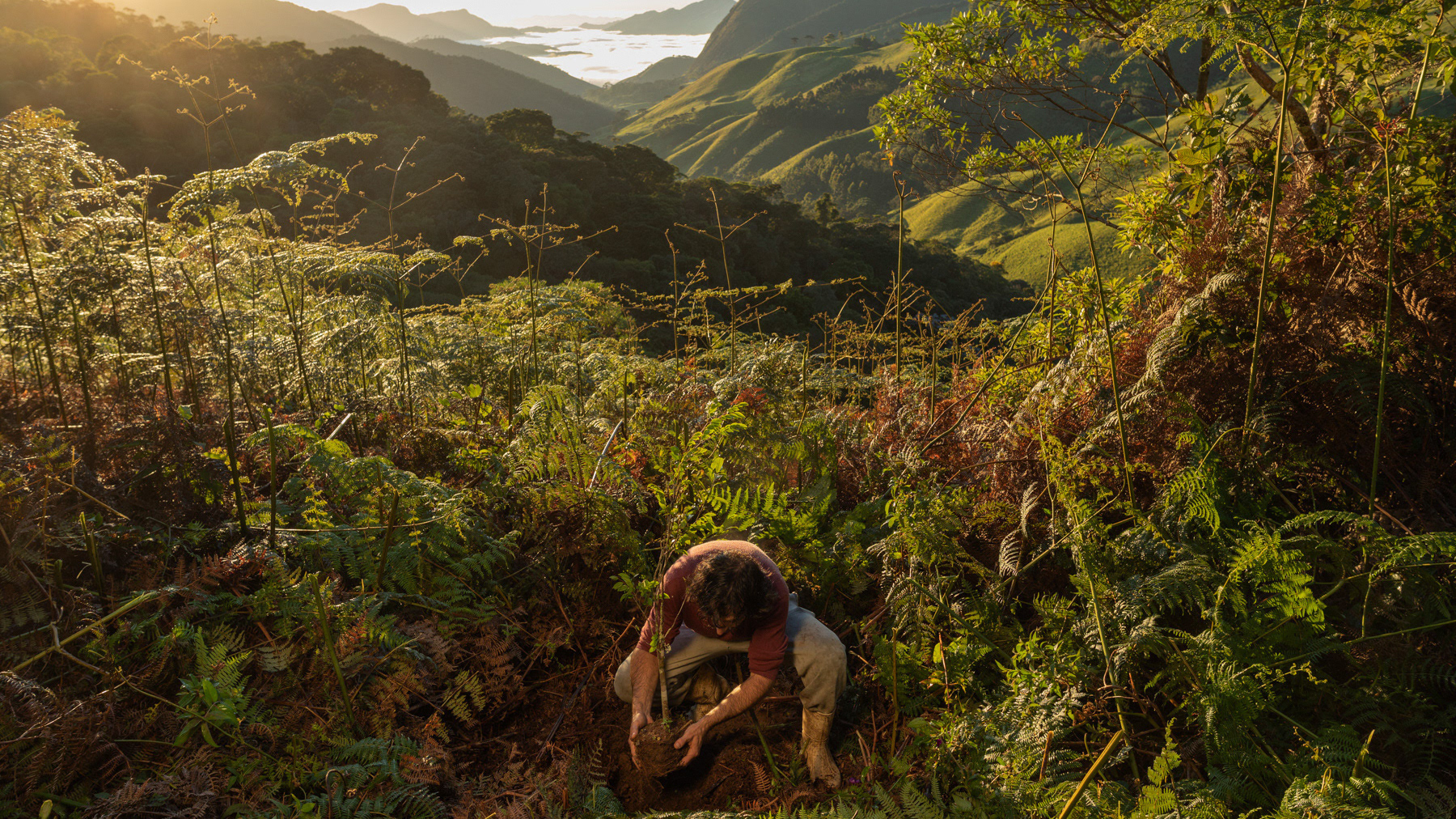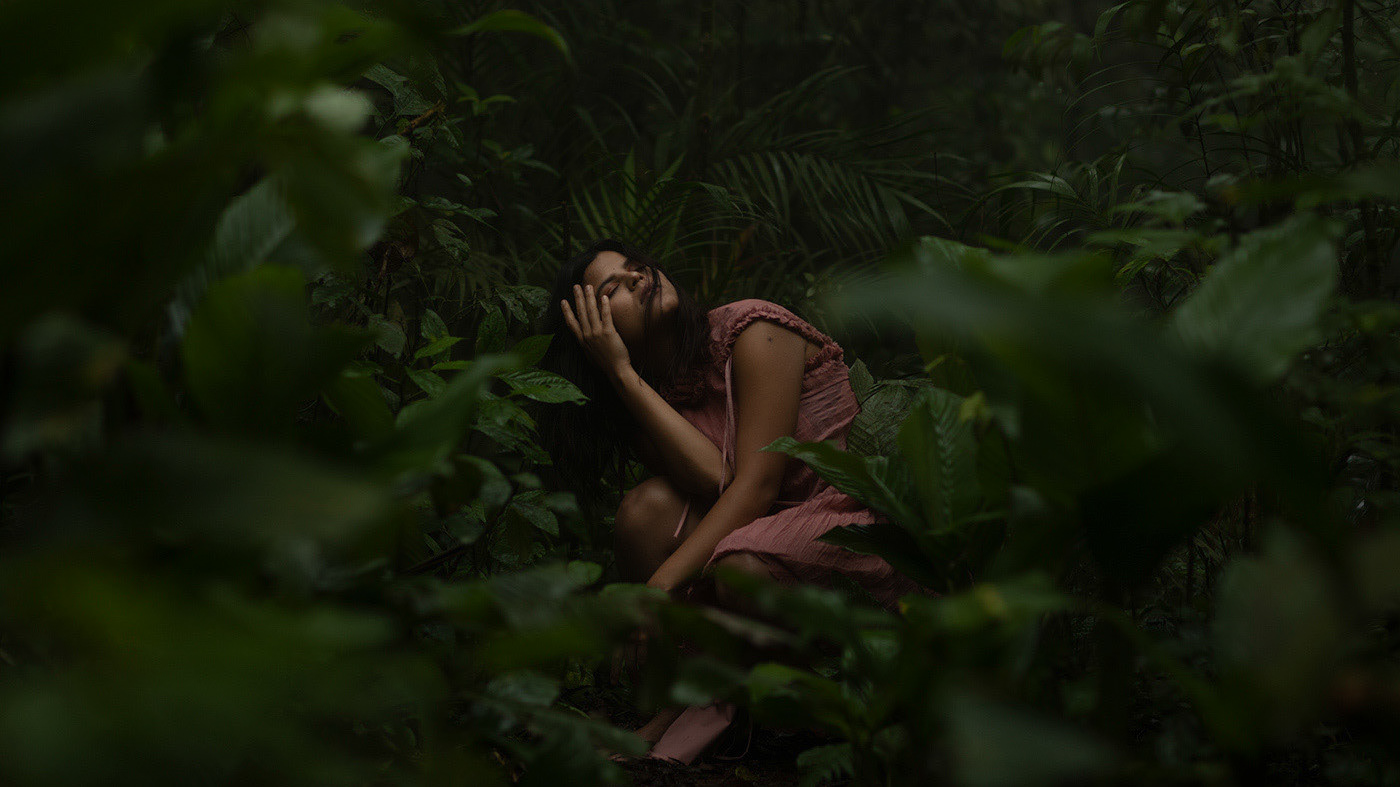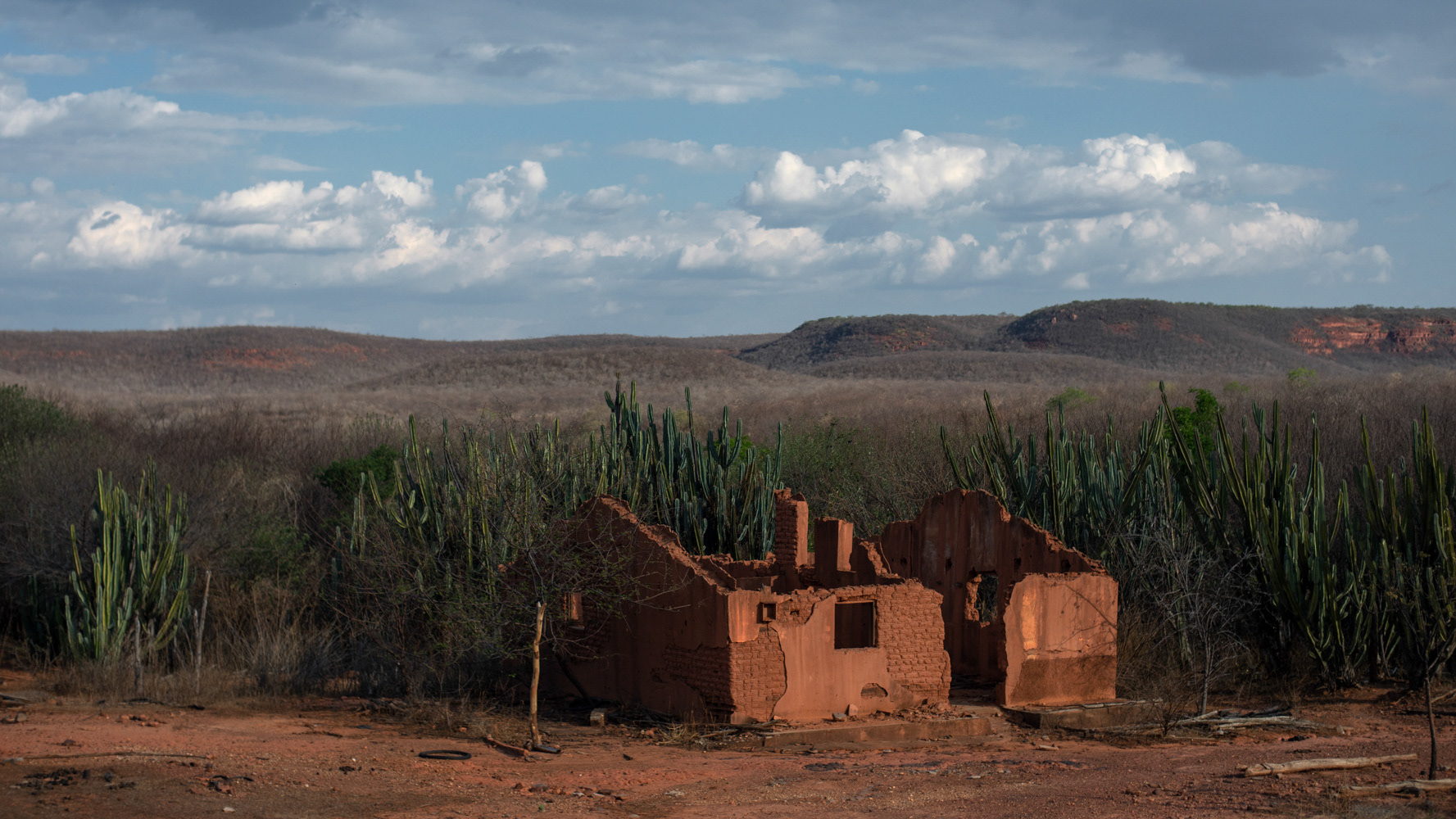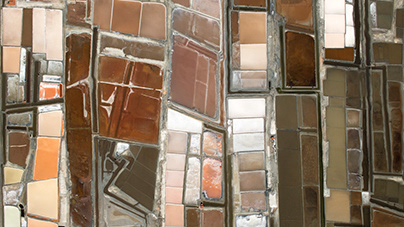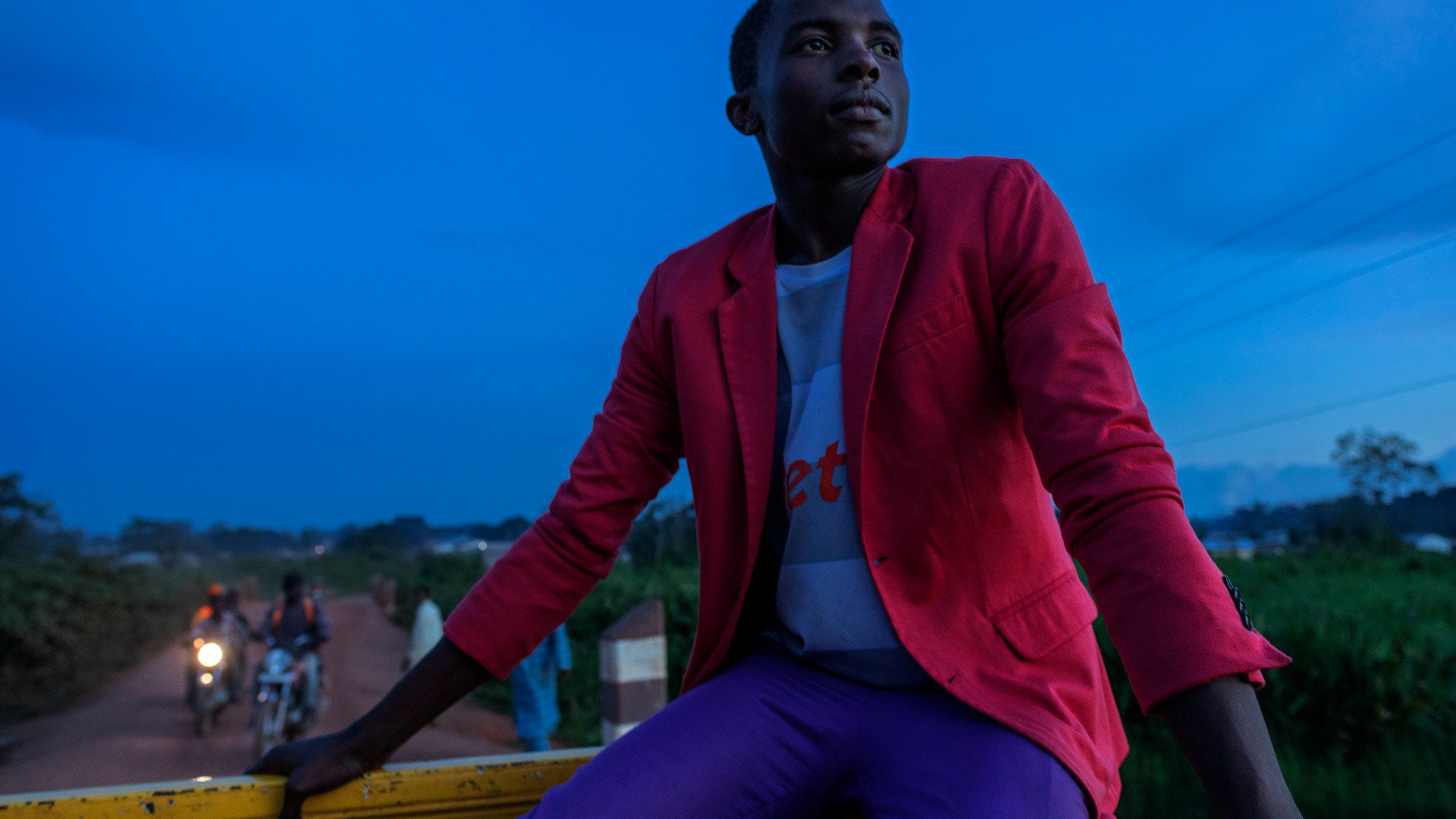Foz do Iguaçu is one of the most complex cities in Brazil. Its historical and geographical trajectory contains tragedies and natural beauty extremely exploited by human action.
In 1939, the Iguaçu National Park was created there, home to the famous Iguazu Falls, considered a World Heritage Site by Unesco. Its territory of 185,162 hectares represents the first large protected area in Brazil. The park is home to an important remnant of the Atlantic Forest, the predominant biome in the region before anthropization. Today, only 7.3% of the original forest cover of the Atlantic Forest in Brazil remains, the fifth most threatened area on the planet and one of the richest in endemic species worldwide.
Today the common landscape across the west of the Paraná State varies between corn crops in the dry season and soybeans in the rainy season. Many farms crowd around the urbanized area of the city of Foz do Iguaçu, making a huge belt in the monoculture grain agribusiness.
The city also houses the Itaipu Binacional Hydroelectric Plant, the largest hydroelectric power generator in Brazil and the second in the world. In a partnership between the military dictatorships of Brazil and Paraguay, the construction of the complex and the flooding of the 1,350 km2 reservoir between the years 1975 to 1982 generated a strong environmental and social impact in the region. The Guarani indigenous communities, the people from the region, were removed from their traditional territory by construction and part of the occupation process was profoundly modified.
As part of the triple border between Paraguay, Brazil and Argentina, Foz do Iguaçu is also home to intense foreign trade, being a point of immigration and circulation for many Asian, Arab and Latin American foreigners. Due to its geographical position, the municipality is also the scene of goods smuggling and international drug trafficking. In the 1990s Foz do Iguaçu was among the most violent cities in Brazil, affecting mainly young people between 16 and 24 years old.
Today, with the increase in the number of coronavirus cases and the global spread of the so-called Sars-Cov-2 that led to the WHO decision to declare a worldwide pandemic, the routine in Foz do Iguaçu has been extremely transformed. The borders have been closed and the circulation of the border population has been blocked since March 2020 with no forecast to be reopened, generating a profound impact on the city's economy.
Third largest destination for foreign tourists in Brazil, public access to Iguazu Falls was closed from March 18 to June 10. The daily flow of visitors before the pandemic was declared was an average of 5,000 people a day. When this photo shoot was carried out, the daily average was 80 people. The Argentine side of the Falls is still closed.


